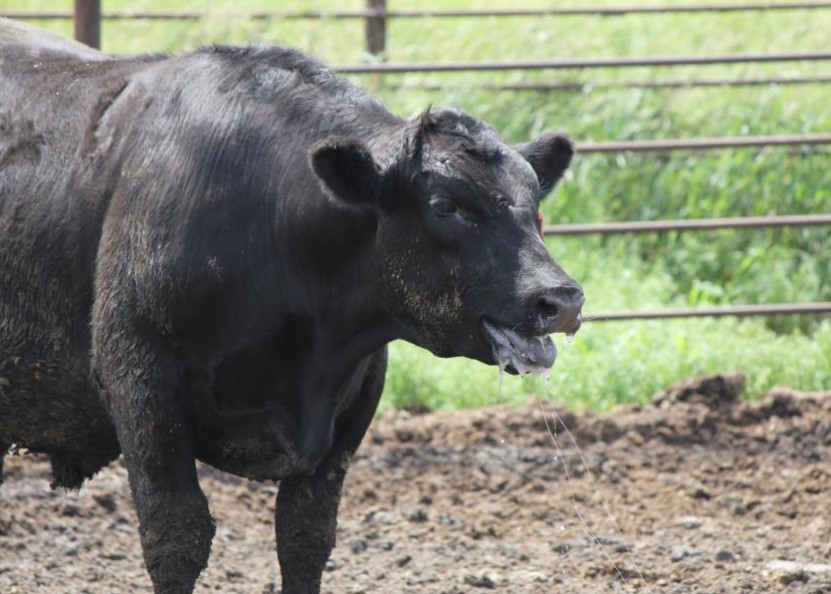
Agricultural News
Managing Heat Stress in Cattle with OSU's Paul Beck
Wed, 08 Jun 2022 10:39:56 CDT
 Weekly, Oklahoma State University Extension Beef Cattle Nutrition Specialist Paul Beck offers his expertise on the beef cattle industry. This is a part of the weekly series known as the "Cow-Calf Corner" published electronically by Beck. Today, he talks about methods for managing heat stress in cattle
Weekly, Oklahoma State University Extension Beef Cattle Nutrition Specialist Paul Beck offers his expertise on the beef cattle industry. This is a part of the weekly series known as the "Cow-Calf Corner" published electronically by Beck. Today, he talks about methods for managing heat stress in cattle
We have had some variations in weather this spring with hot weather and intermittent stretches of cooler temperatures when storm fronts come through. The cooler temperatures are welcome, but they keep livestock from acclimatizing to hot temperatures, increasing the heat stress when hotter temperatures return.
In hot summer conditions, heat transfer failures cause accumulation of body heat resulting in heat stress, reduced performance, animal discomfort, or death. When animals experience discomfort from heat stress, their behaviors change to reduce heat load (increased water consumption, decreased feed intake, seeking shade, standing in water, etc.).
Water intake per unit of feed intake is twice as high during the summer than in the winter. Evaporation of moisture from the respiratory tract through panting is an important way for the animal to lose excess heat load. So, during heat stress water space availability becomes very important. During heat stress the linear water space increases from about 1 inch per head to 3 inches per head to allow for sufficient access to water.
Shade has been found to be beneficial to feedlot cattle, the greatest benefit of shade for finishing cattle is at the onset of the heat stress event. Cattle with shade have lower respiration rates and body temperatures when temperatures increase. Under heat stress, shaded finishing cattle in feedlots have increased average daily gain, hot carcass weights and dressing percentage as well as improved feed efficiency.
Cattle require 1.8 to 9.6 square yards per head depending on the size of the animal. Effective shade structure design depends on the thermal properties of the shade material, the ground cover under the shade, height of the structure, the amount of shade provided per animal, the level of ventilation (lower ventilation can trap heat under the structure), and the orientation of the structure. Shade structures should be at least 12 feet high to reduce direct solar radiation and increase air movement in the shelter. Metal shades effectively block direct solar radiation, but it can accumulate heat and radiate it on the animal. Shade cloth allows more air movement and heat dissipation.
Providing shade, if designed correctly, is an effective strategy to reduce heat load by reducing heat accumulation from direct solar radiation and has animal welfare benefits that can improve performance.
See the video below to watch Dr. David Lalman provide tips for producers on preventing heat stress in cattle from a classic Sun Up TV episode from August 4, 2012.
WebReadyTM Powered by WireReady® NSI
Top Agricultural News
More Headlines...





